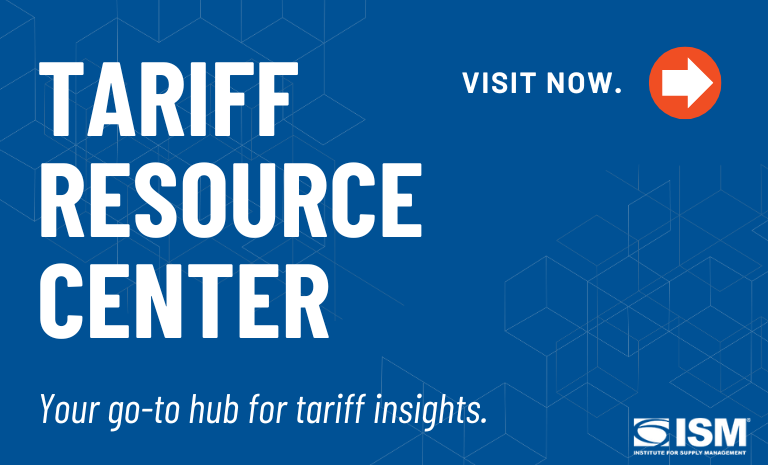Inside Supply Management Magazine
May/June 2021
Articles
Bridging the Age Divide in the Workplace
May 11, 2021

Creating an inclusive workplace with a multigenerational workforce often requires recalibrating ingrained perceptions and assumptions about others and preventing unconscious bias from influencing actions.
...Want More Magazine?
Oh no... we really want you to have access to all of this great content! Membership does have its benefits and Inside Supply Management magazine is just one piece to help you advance your organization and your career. Learn more and join our community.


